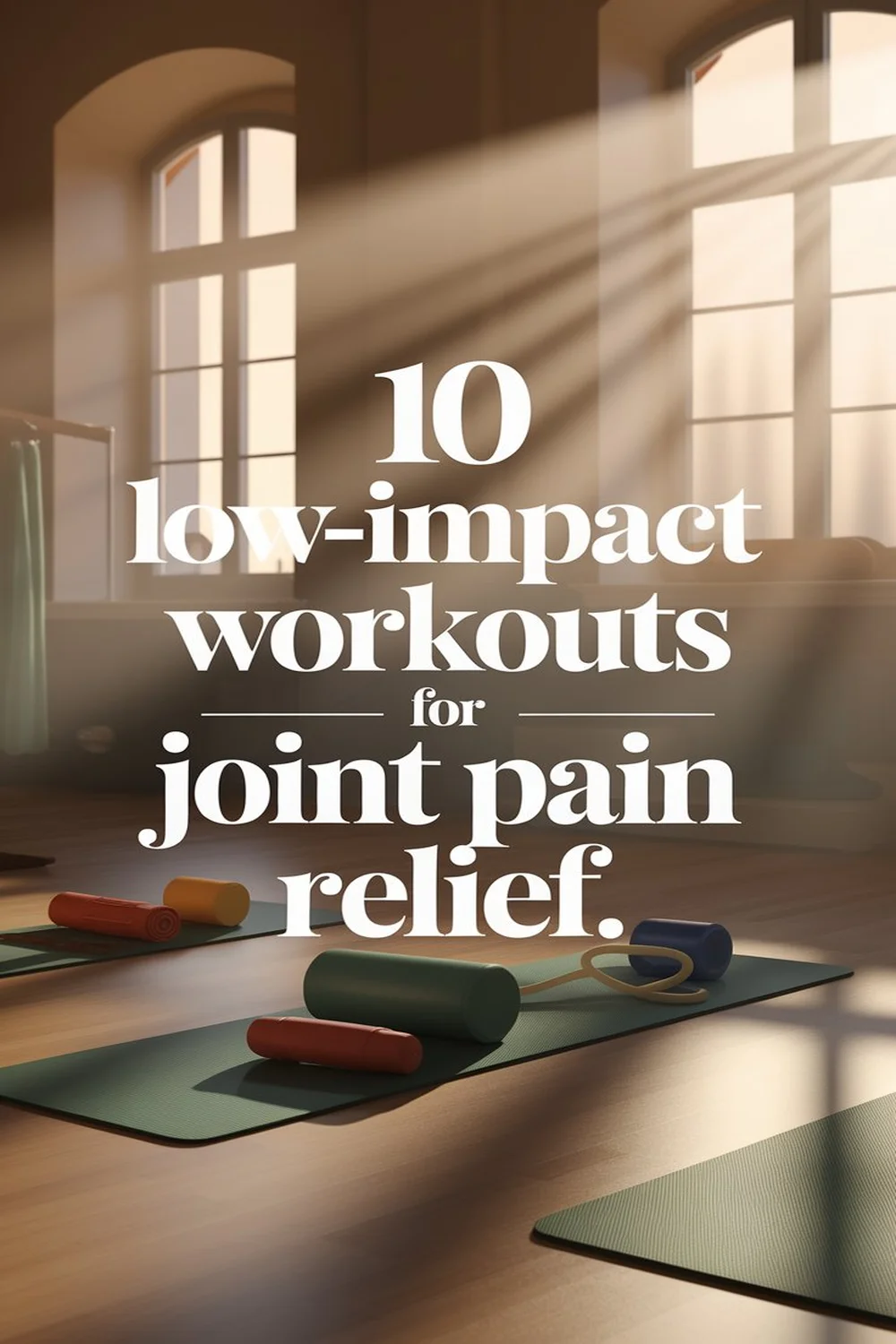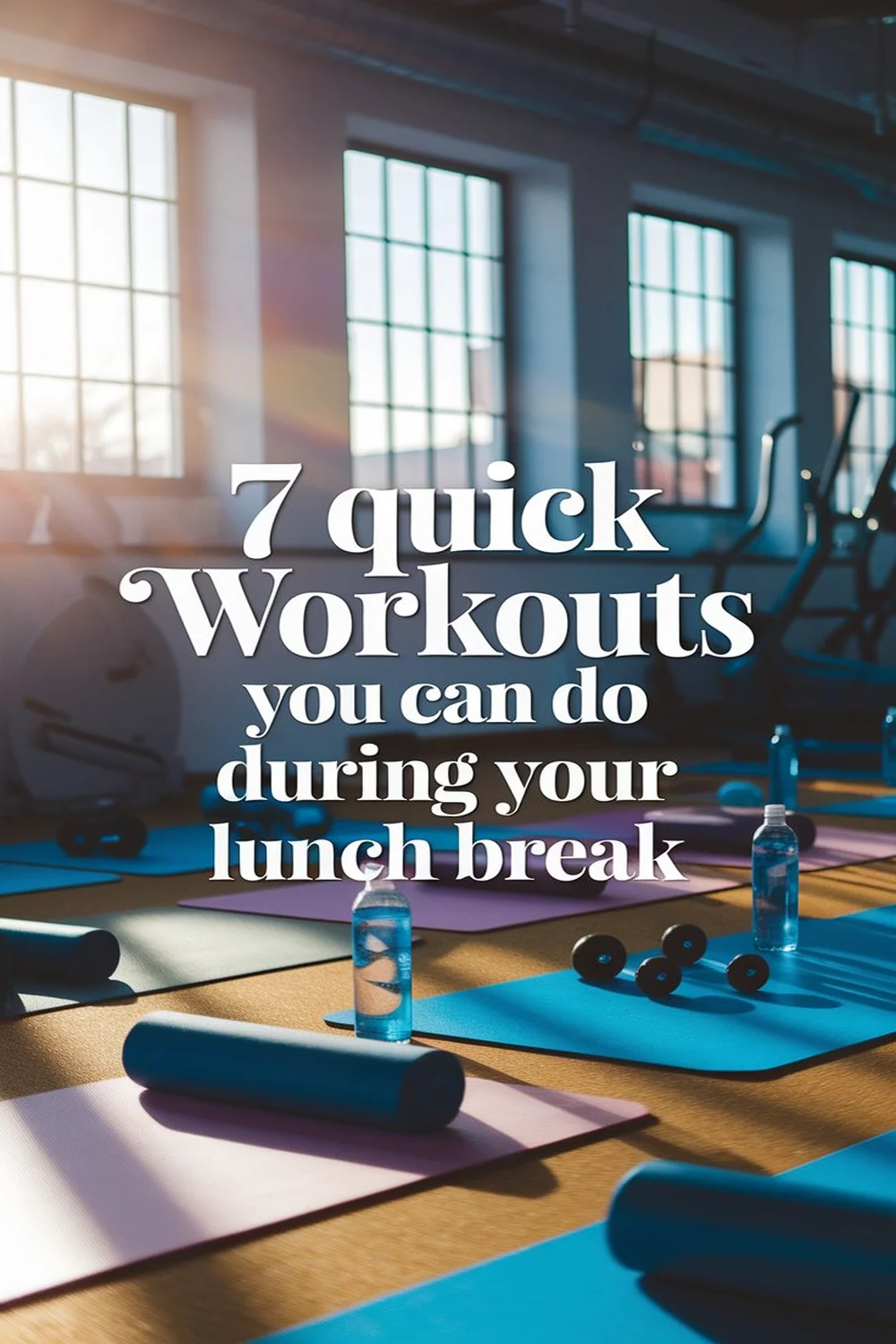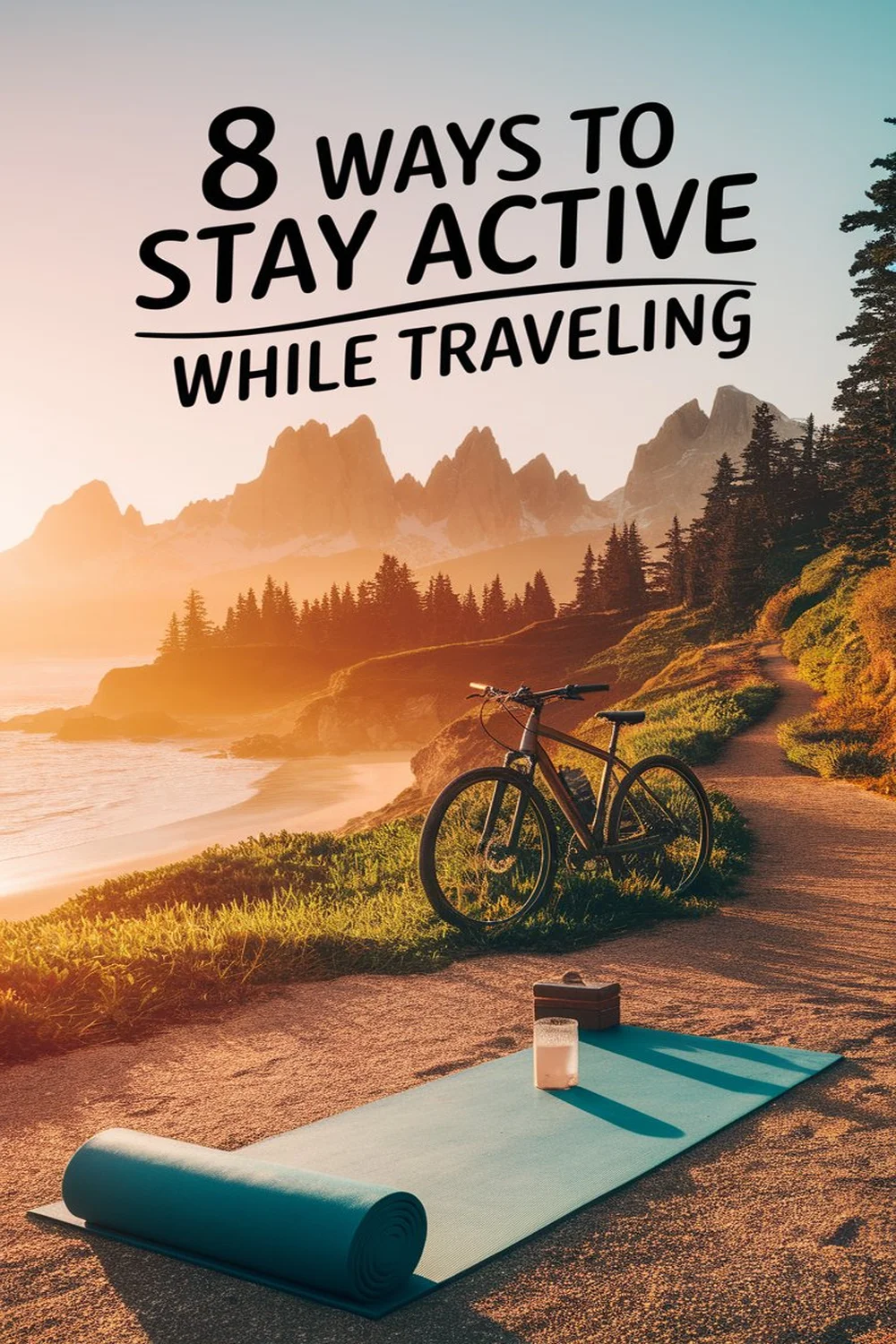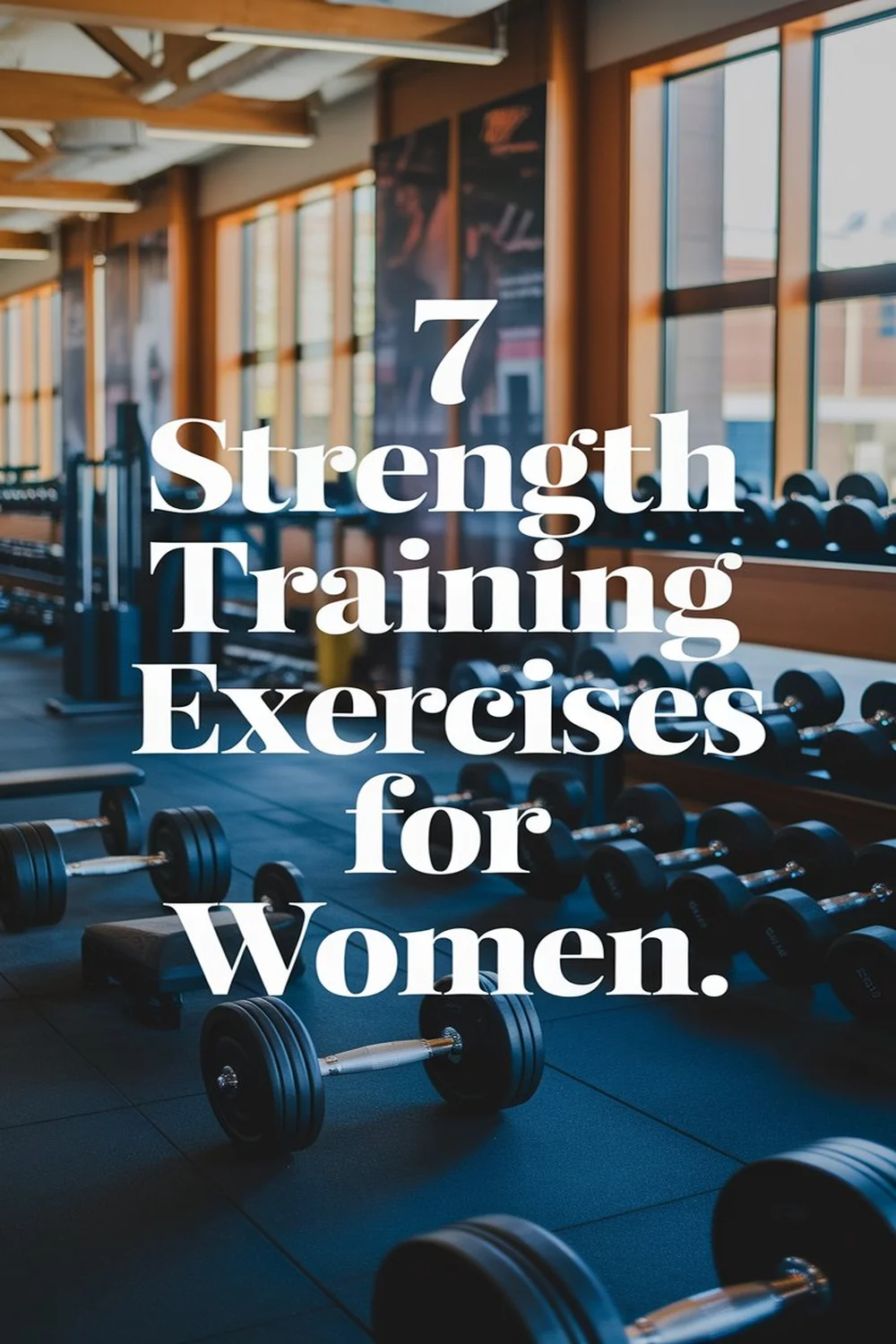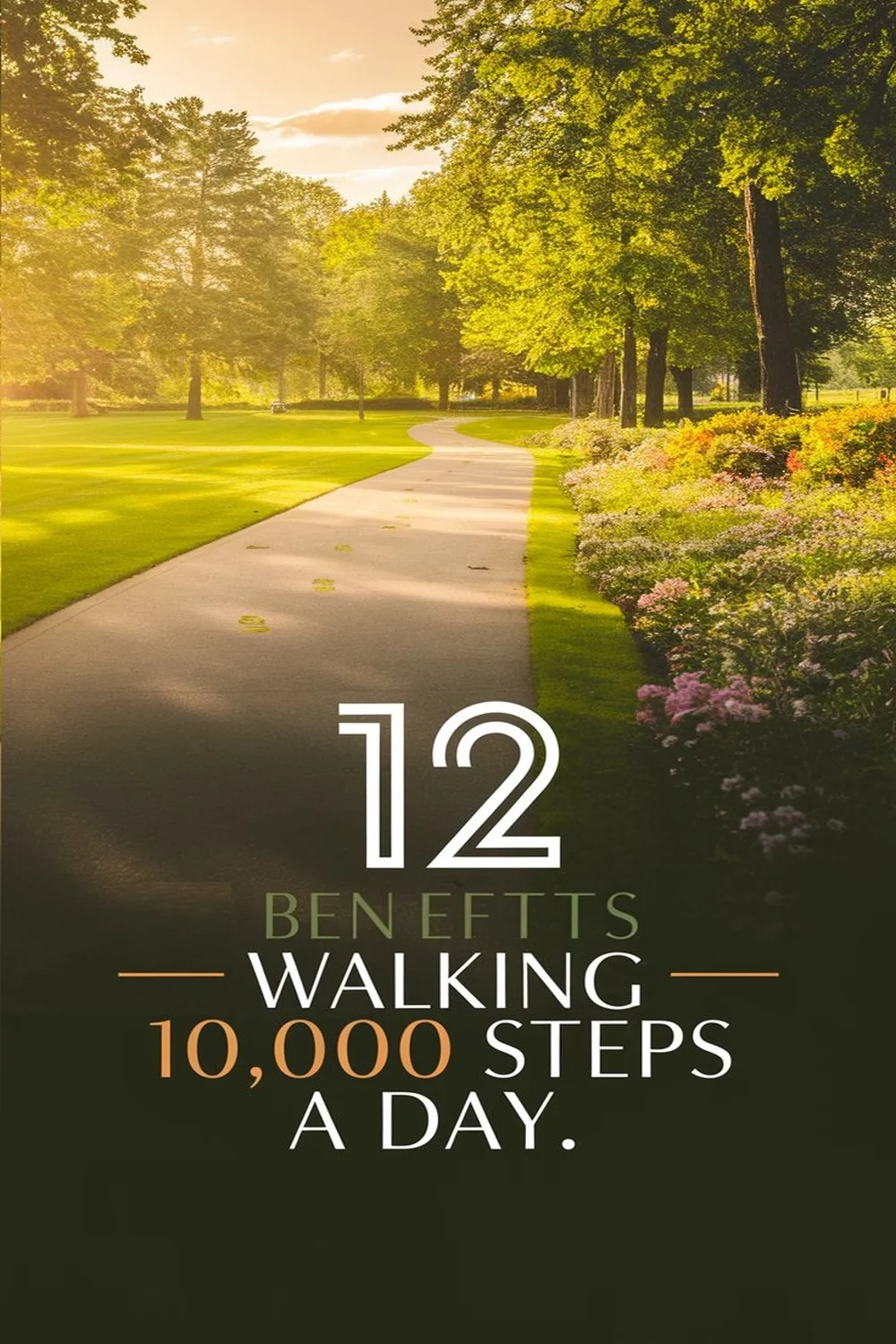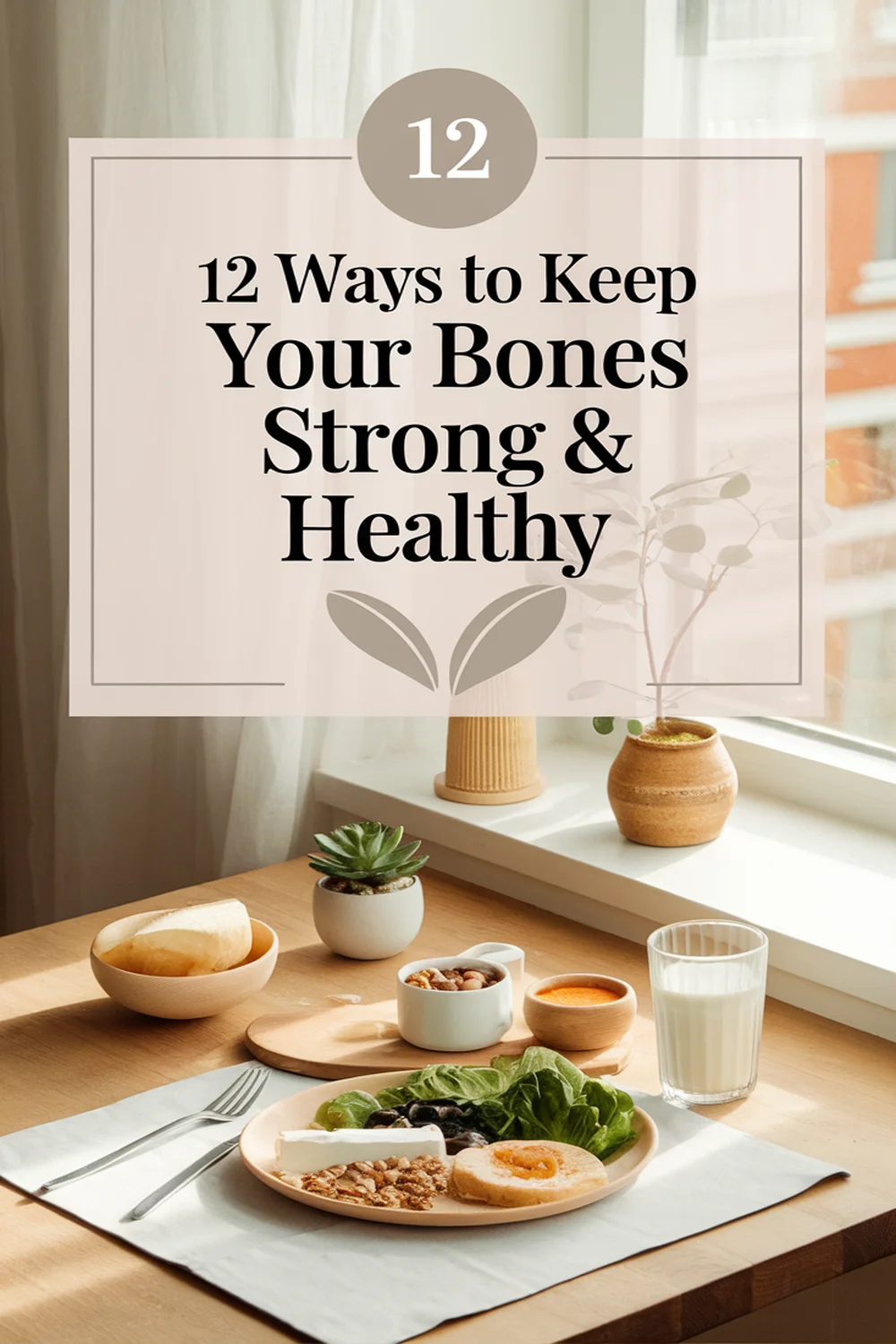If you’re looking for low-impact workouts to relieve joint pain, consider swimming, cycling, yoga, Pilates, Tai Chi, water aerobics, resistance band exercises, walking, and chair exercises. These activities reduce stress on your joints while enhancing flexibility, strength, and mobility. Each workout gently engages your body and is beneficial for joint health. Stay active and listen to your body to avoid discomfort. You’ll soon discover even more effective options that can support your wellness journey.
Swimming
Swimming is an excellent low-impact workout choice for individuals managing joint pain. The buoyancy of water supports your body, reducing stress on your joints while allowing you to move freely. Unlike high-impact exercises, swimming engages multiple muscle groups without the risk of injury. You’ll find that water resistance provides a gentle yet effective means of building strength and endurance.
Additionally, the soothing nature of water can alleviate inflammation and promote relaxation, which is beneficial for pain management. Incorporating different strokes can further enhance your workout, targeting various areas of your body and improving flexibility. Always listen to your body’s signals, and consult a healthcare professional if you’re unsure how to begin a swimming routine tailored to your needs.
Recommended Items
Discover our top picks for health and wellness essentials to support your journey to pain relief!
Cycling
Cycling can be an excellent option for those dealing with joint pain, as it provides a low-impact workout that minimizes strain on your joints. By pedaling, you engage your lower body muscles while maintaining a gentle range of motion. This activity improves circulation, strengthens muscles, and enhances joint flexibility without the harsh impact of other exercises. You can use a stationary bike or cycle outdoors, adjusting the resistance based on your comfort level and ability. Aim to cycle for at least 20-30 minutes, several times a week. This consistency can lead to significant improvements in pain management and overall physical health. Remember to consult your healthcare provider before starting any new exercise regimen to confirm it’s appropriate for you.
Yoga
While engaging in yoga, you can experience both physical and mental relief, making it a highly beneficial low-impact workout for those suffering from joint pain. Yoga increases flexibility, strengthens muscles, and promotes relaxation—essential for managing joint discomfort. Here are three key benefits you’ll gain from practicing yoga:
- Enhanced Flexibility: Regular yoga practice helps to gradually increase your range of motion, reducing stiffness in the joints.
- Improved Strength: Weight-bearing postures build muscle strength, supporting your joints and alleviating strain.
- Stress Reduction: Mindfulness techniques utilized in yoga can lower stress levels, which often exacerbate pain and tension.
Incorporating yoga into your routine can contribute to long-term joint health and overall well-being.
Action Steps for Low-Impact Workouts
Pilates
Pilates is an excellent low-impact workout tailored for individuals experiencing joint pain. It focuses on core strength, flexibility, and alignment, making it an ideal choice for maintaining physical health without overstraining your joints. Pilates emphasizes controlled movements, reducing the risk of injury while allowing for gradual muscle building and toning.
| Benefit | Description | Impact on Joint Pain |
|---|---|---|
| Core Strength | Strengthens the abdominal muscles | Supports spine and reduces strain |
| Flexibility | Increases range of motion | Eases stiffness and improves mobility |
| Balanced Alignment | Promotes proper posture | Minimizes stress on joints |
| Low Impact | Gentle on the joints | Reduces potential for injury |
| Enhanced Stability | Improves control and coordination | Aids in daily activities |
Incorporating Pilates into your routine can greatly improve your overall well-being.
Tai Chi
Tai Chi offers a gentle yet effective approach to managing joint pain, much like Pilates. This ancient martial art focuses on slow, controlled movements, making it ideal for minimizing strain on your joints. Practicing Tai Chi can enhance your flexibility, balance, and overall well-being.
Here are three benefits you’ll experience:
- Pain Reduction: Regular practice can help decrease joint stiffness and discomfort.
- Improved Mobility: It encourages greater range of motion in your joints, enhancing daily activities.
- Stress Relief: The meditative aspect of Tai Chi promotes relaxation, which can alleviate tension-related pain.
Incorporating Tai Chi into your routine may offer significant relief and empower you to move comfortably.
Elliptical Trainer Workouts
Many individuals find that using an elliptical trainer provides an effective way to engage in low-impact workouts, especially when dealing with joint pain. This machine mimics the natural motion of walking or running while reducing stress on your joints. By using the elliptical, you can strengthen muscles in your legs and core without the jarring impact associated with traditional exercises. Adjusting the resistance and incline allows you to customize your workout, supporting gradual progress. Aim for 20 to 30 minutes of steady movement, mixing in intervals for variety. Always remember to maintain proper posture and hydration. Consistent use can enhance cardiovascular fitness while minimizing discomfort, helping you stay active and manage your joint pain effectively.
Water Aerobics
If you’re looking for a gentle yet effective way to alleviate joint pain, water aerobics might be the perfect solution. The buoyancy of water supports your body, reducing stress on your joints while allowing you to strengthen muscles and improve flexibility. Consider the following benefits:
- Reduced Impact: Water absorbs shock, making every movement easier on your joints.
- Muscle Strengthening: Resistance provided by water helps build strength without heavy weights.
- Improved Flexibility: The resistance of water encourages a wider range of motion, facilitating better flexibility.
Engaging in water aerobics can offer both cardiovascular and strength training benefits while ensuring minimal discomfort. It’s an enjoyable way to stay active and manage joint pain effectively.
Resistance Band Exercises
Incorporating resistance band exercises into your routine can greatly enhance joint strength and stability. These exercises provide a low-impact option while allowing you to build muscle and improve flexibility. Resistance bands offer varying levels of challenge, catering to your fitness level and comfort.
| Exercise | Description |
|---|---|
| Seated Rows | Sit with legs extended, pull band towards you, keeping elbows close. |
| Lateral Band Walks | Place band around your legs, step side to side for hip strength. |
| Chest Press | Secure band behind, press forward to strengthen chest and arms. |
| Leg Extensions | Anchor band, extend leg back to enhance quadriceps and stability. |
These exercises are efficient and supportive in managing joint pain while promoting overall well-being. Start at a comfortable level and gradually increase resistance as you progress.
Walking
Walking serves as one of the simplest and most effective low-impact workouts for managing joint pain. Regular walking can enhance your overall health, providing both physical and mental benefits. By integrating this activity into your routine, you can experience joint pain relief and improved mobility.
Here are three key benefits of walking for joint health:
- Increased circulation: Walking promotes blood flow, delivering essential nutrients to your joints.
- Strengthened muscles: It helps build muscle around your joints, offering better support and stability.
- Weight management: Walking aids in maintaining a healthy weight, reducing strain on your joints.
Incorporate walking into your daily routine, and you’ll likely notice a positive difference in your joint pain management.
Chair Exercises
Chair exercises offer an excellent solution for those seeking to alleviate joint pain while enjoying the comfort of a seated position. These low-impact movements can enhance flexibility and strengthen muscles without placing excessive stress on your joints. Simple motions like seated leg lifts, arm circles, and torso twists can be easily incorporated into your daily routine. You won’t need any special equipment—just a sturdy chair. Aim for a session lasting 15 to 20 minutes, focusing on controlled movements and proper form. Remember to breathe deeply and listen to your body; if you experience pain, stop immediately. Regularly practicing chair exercises can improve your overall mobility and quality of life while ensuring you remain active and engaged.

